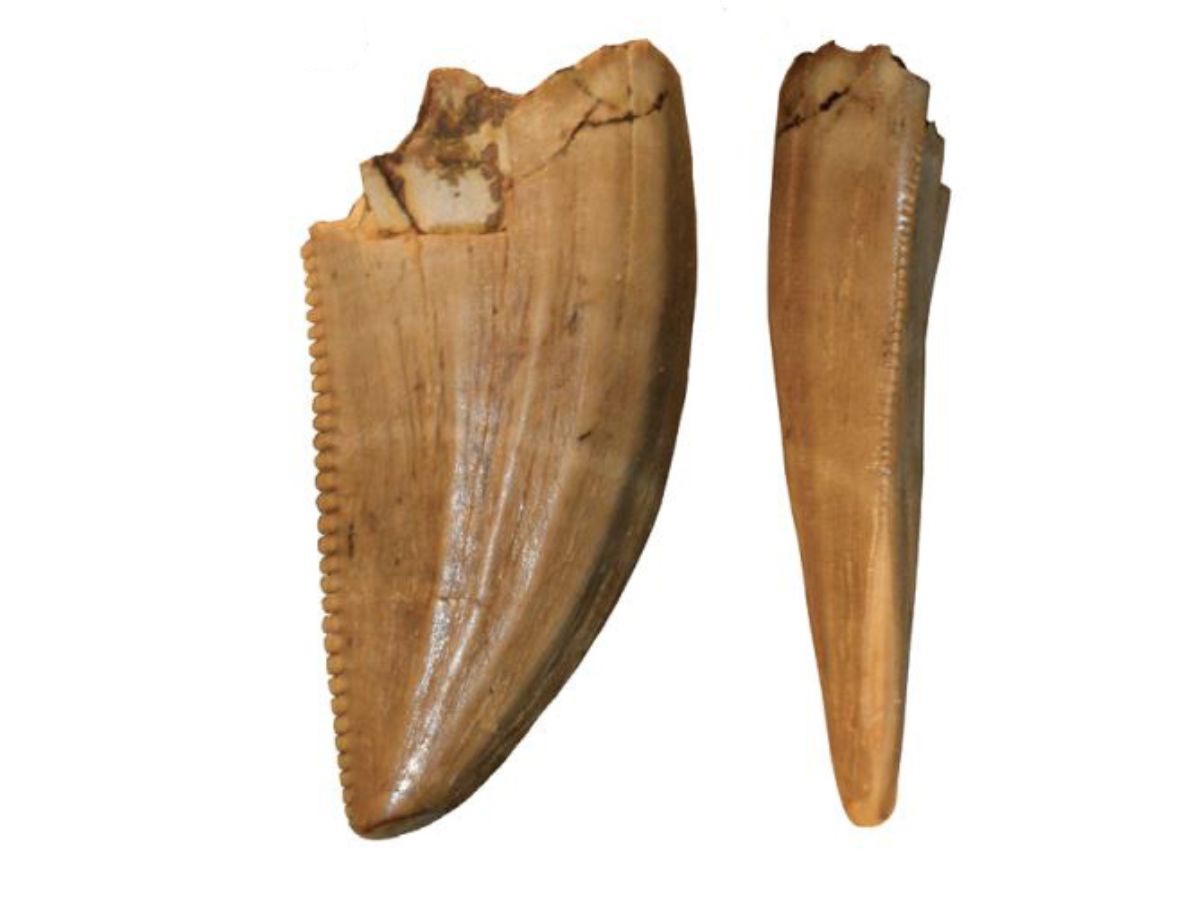
Saurornitholestes
A guide to identifying Saurornitholestes teeth
Saurornitholestes was a small Dromaeosaur, standing around 2ft tall at the hip, and lived in North America during the Late Cretaceous period. It closely resembled its Asian contemporary Velociraptor, however the exact relationship between the two is still poorly understood. Like Velociraptor, Saurornitholestes had fang like teeth in the front of its jaws and a sickel shaped claw on the second toe of each foot.
Where is Saurornitholestes found?
Saurornitholestes fossils have been found in both Alberta, Canada and Montana. They can be found in the following formations:
- Dinosaur Park Formation
- Two Medicine Formation
- Judith River Formation
** Sauroronitholestes teeth are not found in the Hell Creek and Lance Formations.
Saurornitholestes Teeth
Saurornitholestes was a small Dromaeosaur and it's teeth are usually less than 15mm in length. Below we'll look at how to identify Saurornitholestes teeth and the ways they vary depending on their position in the jaw.
For reference, the terms "mesial" refers to the front edge of the tooth and "distal" the back edge. See fig. 1.
Lateral Teeth
These teeth, positioned to the side of the mouth, were used for cutting and slicing flesh. Here are some of the key features:
- Serrated on both edges
- Serrations hook toward the tip on the distal side
- Higer serraiton density on mesial edge
Premaxillary teeth
These teeth, positioned at the front of the mouth, were used for gripping and tearing prey. They were previously called "Zapsalis" teeth, however we now know they're Saurornitholestes premaxillary teeth. Here are some of the key features:
- Serrations on both edges
- Three long ridges running the length of the crown
- Serrations hook toward the tip on the distal side










